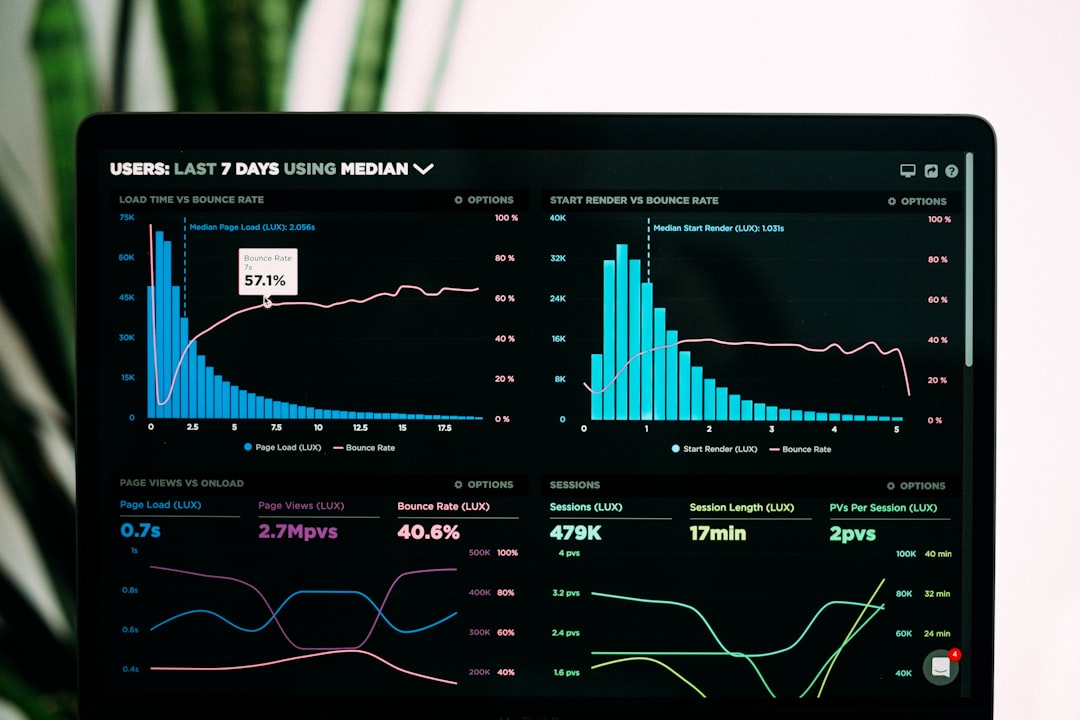
Monetary Policy for Beginners: A Comprehensive Guide
# Introduction. Monetary policy is a critical aspect of modern economics that affects our lives in various ways, from the interest rates we pay on loans to the overall health of the economy. Understanding monetary policy is essential for students, budding economists, and anyone interested in how economies function. In this post, we'll break down the basics of monetary policy, its goals, tools, and implications, equipping you with a foundational understanding. # What is Monetary Policy?. At its core, monetary policy refers to the actions taken by a country's central bank to manage the money supply and interest rates. The main objectives are to stabilize the currency, control inflation, and strive for full employment. Central banks, like the Federal Reserve in the United States or the European Central Bank in the Eurozone, utilize various tools to achieve these goals and respond to changing economic conditions. By manipulating interest rates and controlling the amount of money circulating in the economy, central banks aim to influence spending patterns among consumers and businesses. This becomes particularly crucial during periods of economic uncertainty, where adjustments in monetary policy can stimulate or curb economic activity. # Types of Monetary Policy: Expansionary vs. Contractionary. Monetary policy can be classified mainly into two types: expansionary and contractionary. ### Expansionary Monetary Policy. An expansionary policy is typically implemented during economic downturns. The idea is to increase the money supply and lower interest rates, making it cheaper to borrow money. This encourages both consumer spending and business investments, aiming to boost economic activity and create jobs. For example, during the 2008 financial crisis, central banks around the world adopted expansionary policies to counteract recession. ### Contractionary Monetary Policy. Conversely, contractionary monetary policy is used when an economy is overheating—typically indicated by high inflation rates. This policy involves increasing interest rates and reducing the money supply, which can help cool down the economy and stabilize prices. Striking the right balance between these two types of policy is crucial for sustainable economic growth. # Tools of Monetary Policy: Open Market Operations, Discount Rate, and Reserve Requirements. Central banks employ various tools to implement monetary policy effectively. The most common ones include: ### Open Market Operations. This involves the buying and selling of government securities in the open market. When a central bank buys securities, it injects money into the economy, increasing the money supply and typically lowering interest rates. Conversely, selling securities pulls money out of the economy, decreasing the money supply and raising interest rates. ### Discount Rate. The discount rate is the interest rate charged to commercial banks for borrowing funds from the central bank. By changing this rate, central banks can encourage or discourage banks from borrowing. A lower discount rate makes borrowing cheaper, thus promoting lending and spending, while a higher rate does the opposite. ### Reserve Requirements. This term refers to the percentage of deposits that banks must keep in reserve and not lend out. Lowering reserve requirements allows banks to lend more money, thus increasing the money supply. Increasing reserve requirements does the opposite, reducing the money available for lending and spending. # The Impact of Monetary Policy on the Economy. Monetary policy significantly influences various economic factors, including inflation, unemployment, and overall economic growth. Properly executed policy can lead to a stable economy characterized by low inflation and low unemployment rates. However, missteps can also result in unwanted consequences, such as hyperinflation or prolonged recession. It's essential to understand that monetary policy is not a magic wand; its effects can take time to materialize, and it often must be tailored to current economic conditions. # Conclusion. Grasping the fundamentals of monetary policy is vital for anyone interested in economics or current events that impact their daily lives. This policy is a cornerstone of economic health, affecting everything from inflation to employment rates. By understanding its mechanisms and goals, you equip yourself with knowledge that can enhance your awareness of economic fluctuations and their implications. As you continue on your journey to financial literacy, keep these principles in mind, and you'll be better prepared to navigate the complexities of the economic landscape. .









